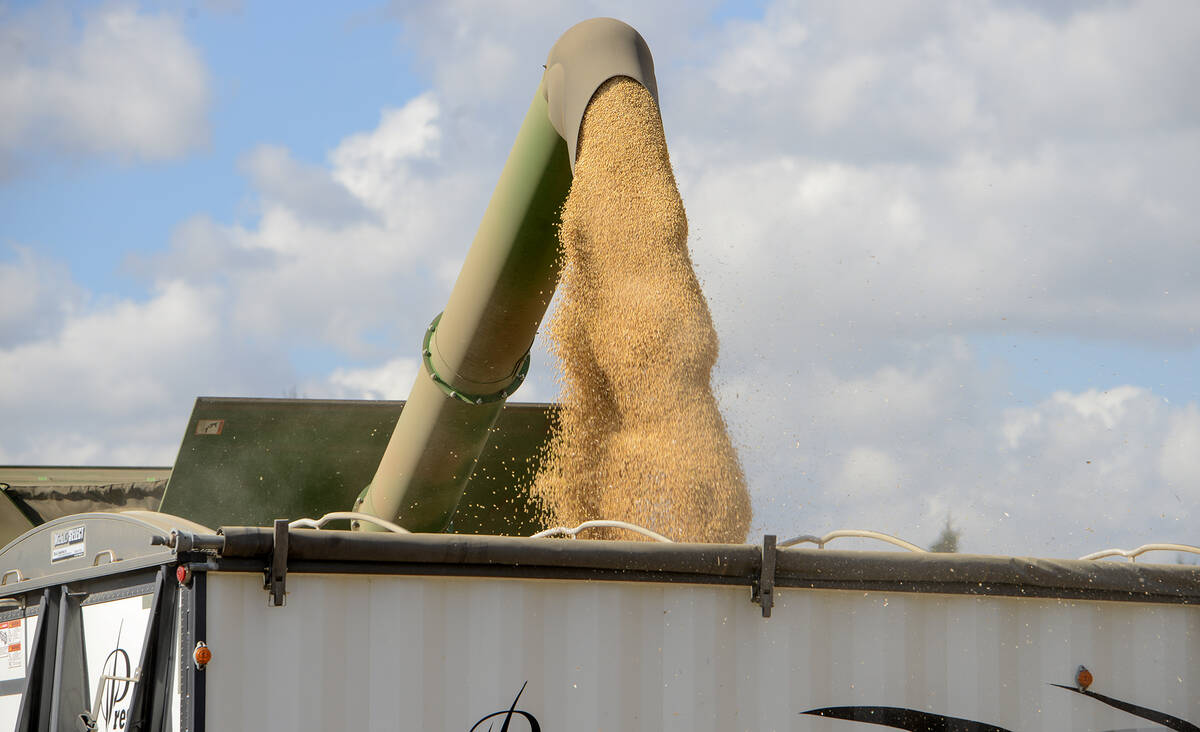Just how low can the canola market dive? That’s the question on the minds of all traders, analysts and farmers as the futures fell to levels not seen in four years during the first half of September.
The news that China is conducting an anti-dumping investigation into Canadian canola provided the catalyst for the latest downtrend, but that probe may last at least a year and no tariffs are in place yet. Chinese buying interest may actually pick up in the short term, as end users look to secure supplies ahead of any increased costs.
After the anti-dumping probe news, November canola initially found chart support at around $560 per tonne, but broke through that mark on Sept. 13. The selloff took out the next psychological support of $550 per tonne as well.
Read Also

Grain markets hungry for U.S. data
The U.S. government shutdown meant that futures markets were left without robust grain supply information
There are no clear support levels on a weekly chart until $500 per tonne. Prior to a lengthy uptrend that started in late 2020 and eventually took canola above $1,000 a tonne in 2021, the canola market had generally traded between $400 and $500 per tonne for the previous seven years. It remains to be seen whether the market will retreat to that range, but such a move is not unprecedented.
One bright spot
Canola remains “on sale” compared to other global oilseeds, which should provide some support. It is especially cheap compared to European rapeseed, and end-user bargain hunting may emerge. While any scale-down buying interest may stem the bleeding, it may not be enough to take prices higher.
Early export data for the 2024-25 marketing year shows that Canada has already shipped 1.1 million tonnes of canola through five weeks, compared to only 442,200 tonnes at the same point in the previous year. Weakness in the futures has also boosted domestic crush margins, which have increased by about $25 per tonne over the past month.
Those supportive fundamentals mean there will eventually be an end to the canola slide. Where it lands will only be clear in hindsight.















